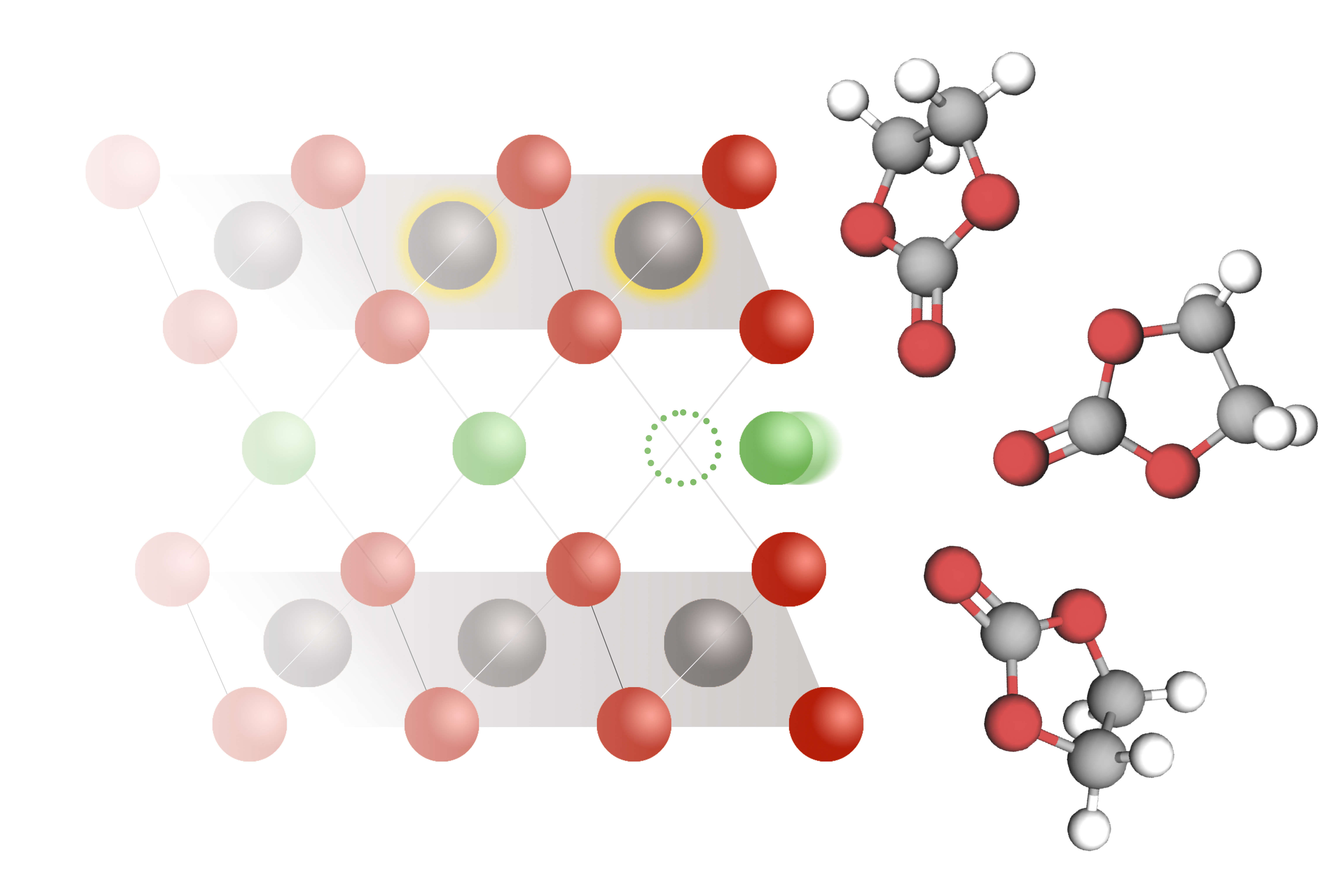Key insights
-
1
Coupled Ion-Electron Transfer
A new theory explaining lithium intercalation rates in batteries.
-
2
Enhanced Battery Performance
Potential for faster charging and longer-lasting batteries.
-
3
Challenging Traditional Models
Findings contradict the Butler-Volmer equation.
-
4
Electrolyte Composition Impact
Changing electrolytes can improve intercalation efficiency.
-
5
Framework for Future Research
Provides a basis for optimizing battery materials.
Takeaways
This research offers significant insights that could transform lithium-ion battery technology.

